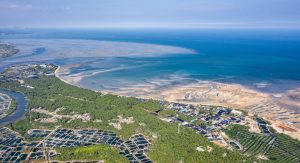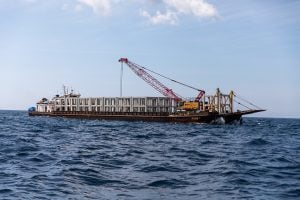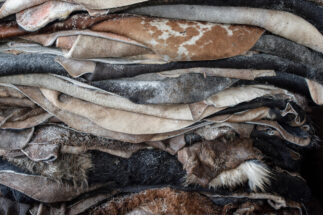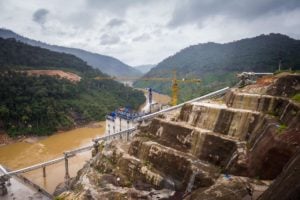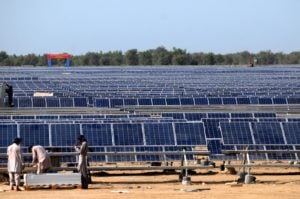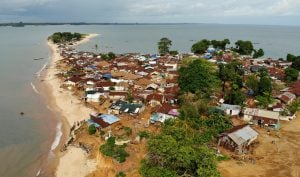The Huiwen wetlands stretch 15 kilometres along the northeast coast of Hainan, from Bamen bay next to the city of Wenchang down to Fengjia bay. (The name, used locally, comes from the nearby town of Huiwen.) Varying in width from one to four kilometres, the wetlands include large areas of tidal flats and mangrove swamp, which are protected at the provincial level by the Qinglan Mangrove Reserve. They are rich in biodiversity, home to several species of mangrove and over 340 types of mangrove mollusc. And over the winter, they host huge flocks of migratory birds, including endangered species such as Nordmann’s greenshank.
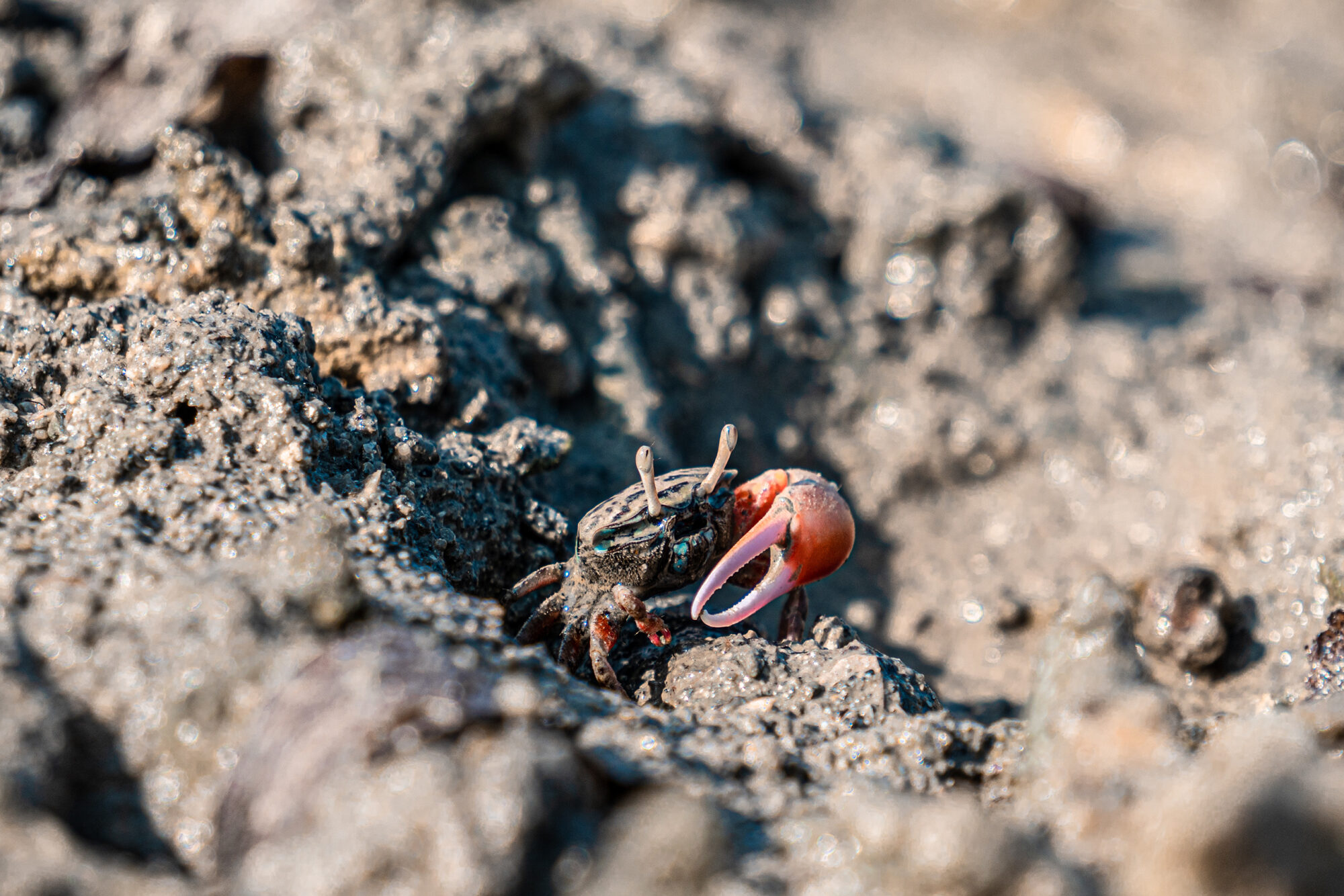
For years, the Qinglan reserve was also home to numerous aquaculture farms, mainly growing a species of sea snail called Babylonia lutosa. But in June this year, all 84 of the farms were removed for falling foul of China’s “ecological redline” rules against aquaculture in natural reserves.
The management of Huiwen’s environment has been a focus since 2017, when the Central Supervision Office of Ecological and Environmental Protection criticised the unregulated development of aquaculture in Hainan. The farms within the Qinglan Mangrove Reserve were specifically mentioned for damaging “shelterbelts” that protect against coastal erosion and storm surges. The following year, the Hainan Department of Agriculture’s plan for shallow waters and tidal flats gave new urgency to bringing aquaculture and effluent management up to government standards. This will be supported by the 14th Five Year Plan for the marine environment – due to be released later this year – of which the Ministry of Ecology and Environment’s “Beautiful Bays” campaign is a key part.
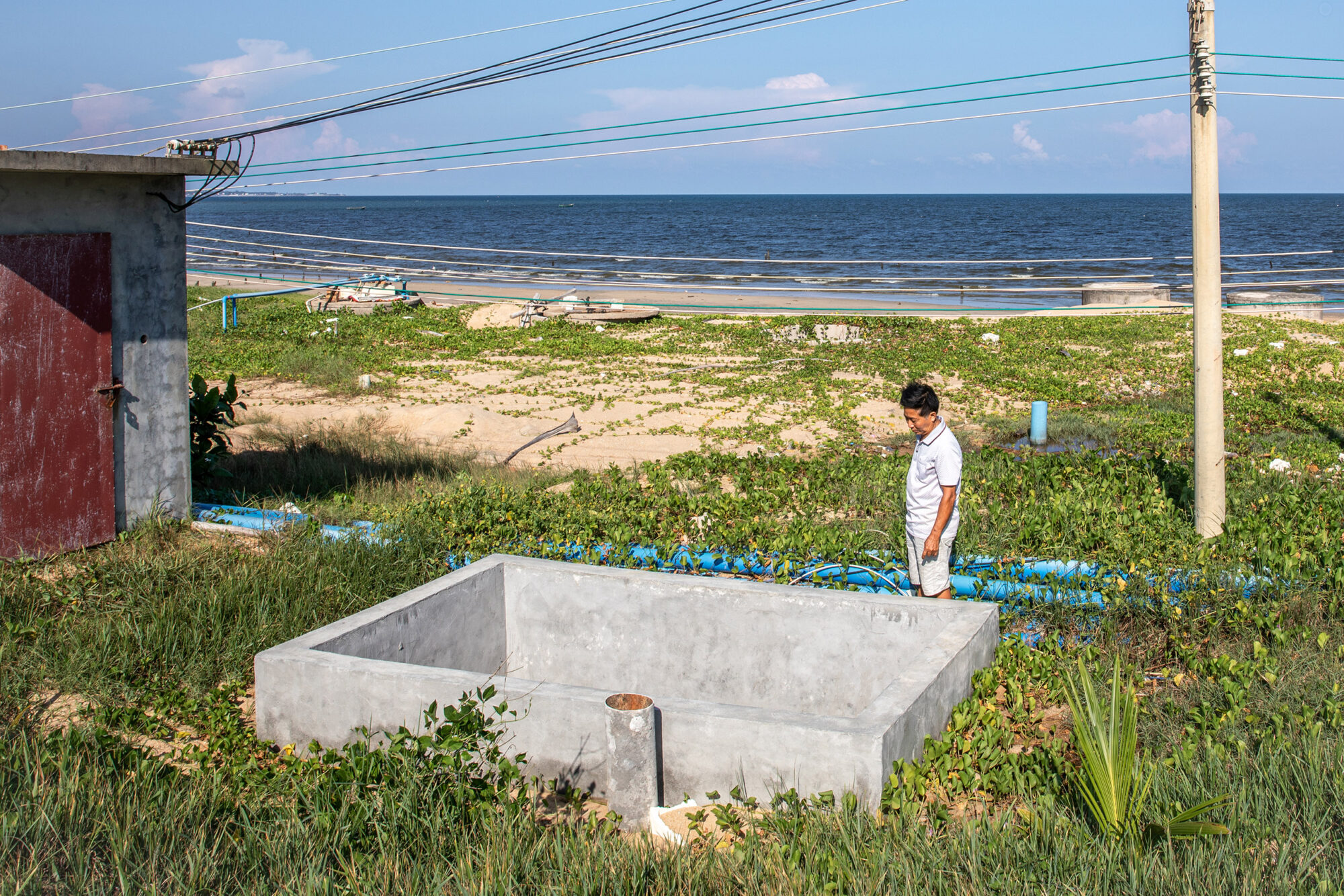
Standards are particularly high for the stretch of tropical coast where the Qinglan Mangrove Reserve lies, as Hainan is a demonstration province for China’s “blue ecological civilisation”. Beyond simply removing fish and snail ponds to restore the wetlands, the local government is also keen to find a new balance between conservation and aquaculture. The farmers will be relocated to plots in designated areas or new “aquacultural buildings” where wastewater is handled centrally. Elsewhere, artificial wetlands are being created to filter effluent from the farms.
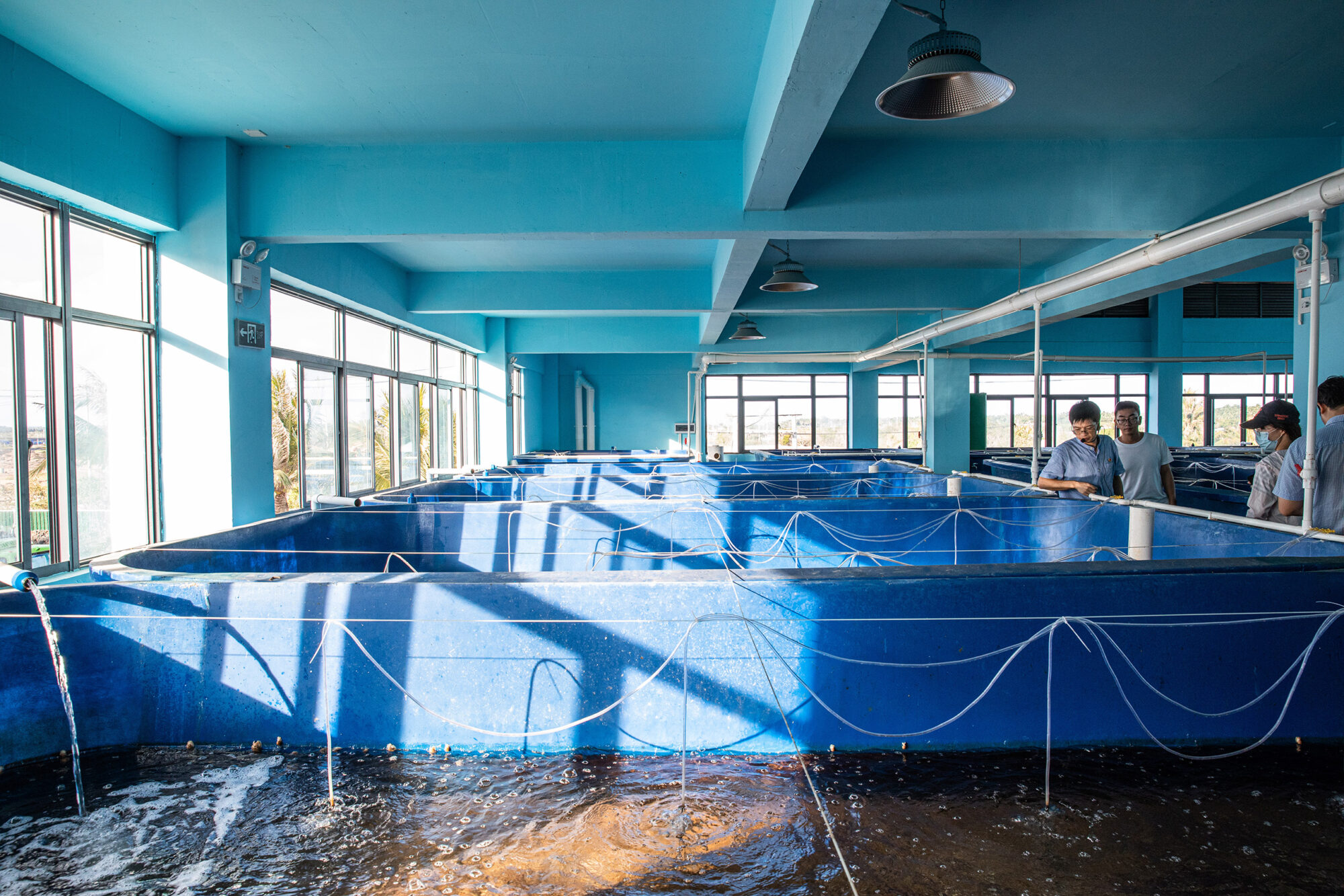
A textbook tropical coastline
As well as mangrove swamps, the Huiwen wetlands also boast coral reefs and seagrass meadows. This variety of coastal ecologies makes Huiwen rare, with some describing it as a “textbook tropical coast”. In 2016, it was designated one of the “10 coastal wetlands most worthy of attention” by the Chinese Academy of Sciences’ Institute of Geographic Sciences and Natural Resources Research, as well as by other bodies.
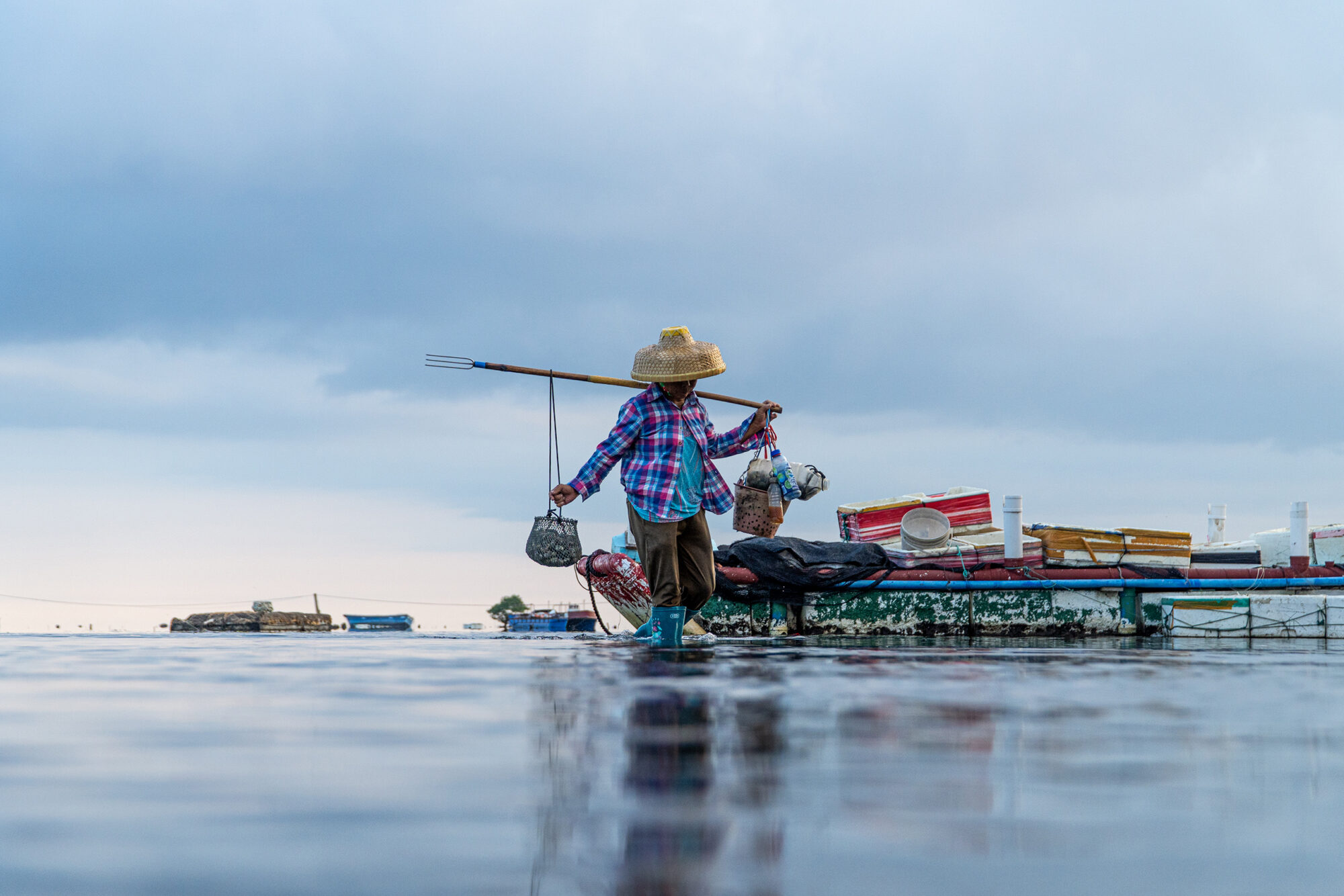
But this coastline also suits aquaculture, which needs clean water and stable temperatures. The Hainan Aquaculture Institute built the town of Huiwen’s first aquaculture farm back in 1989, producing shrimp larvae. That prompted other similar operations to start up within the town’s administrative area (which covers about half of the Huiwen wetlands), and it soon became famous for shrimp breeding. At one point, the monetary value of shrimp larvae bred in the town accounted for 30% of China’s total.
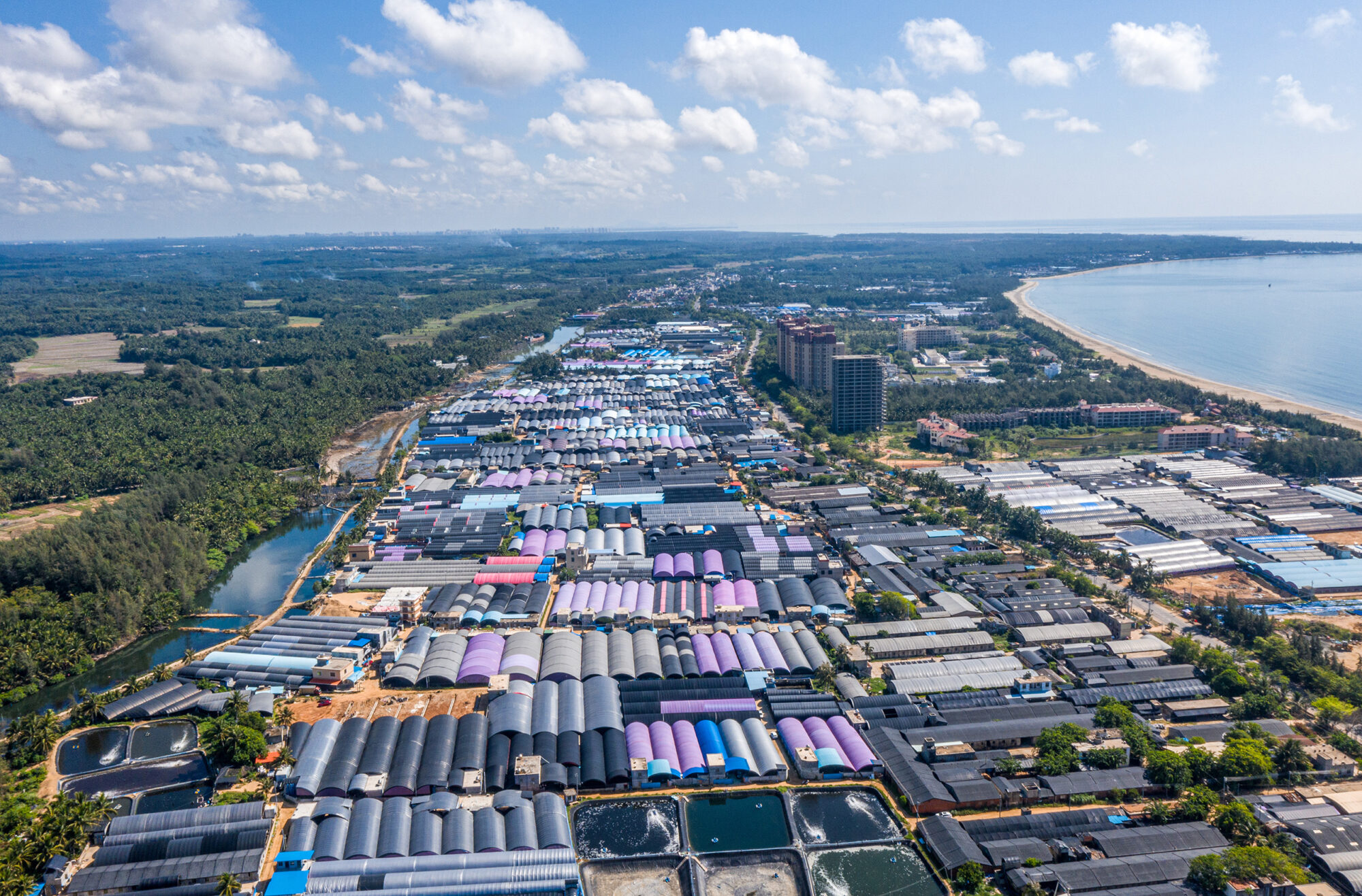
Farmers didn’t, and still don’t, need a huge amount of money to get in on the action. While the farms within the Qinglan Mangrove Reserve have been removed, aquaculture sheds and ponds still line many roads in Huiwen town, often taking over both the front and back yards of people’s homes.
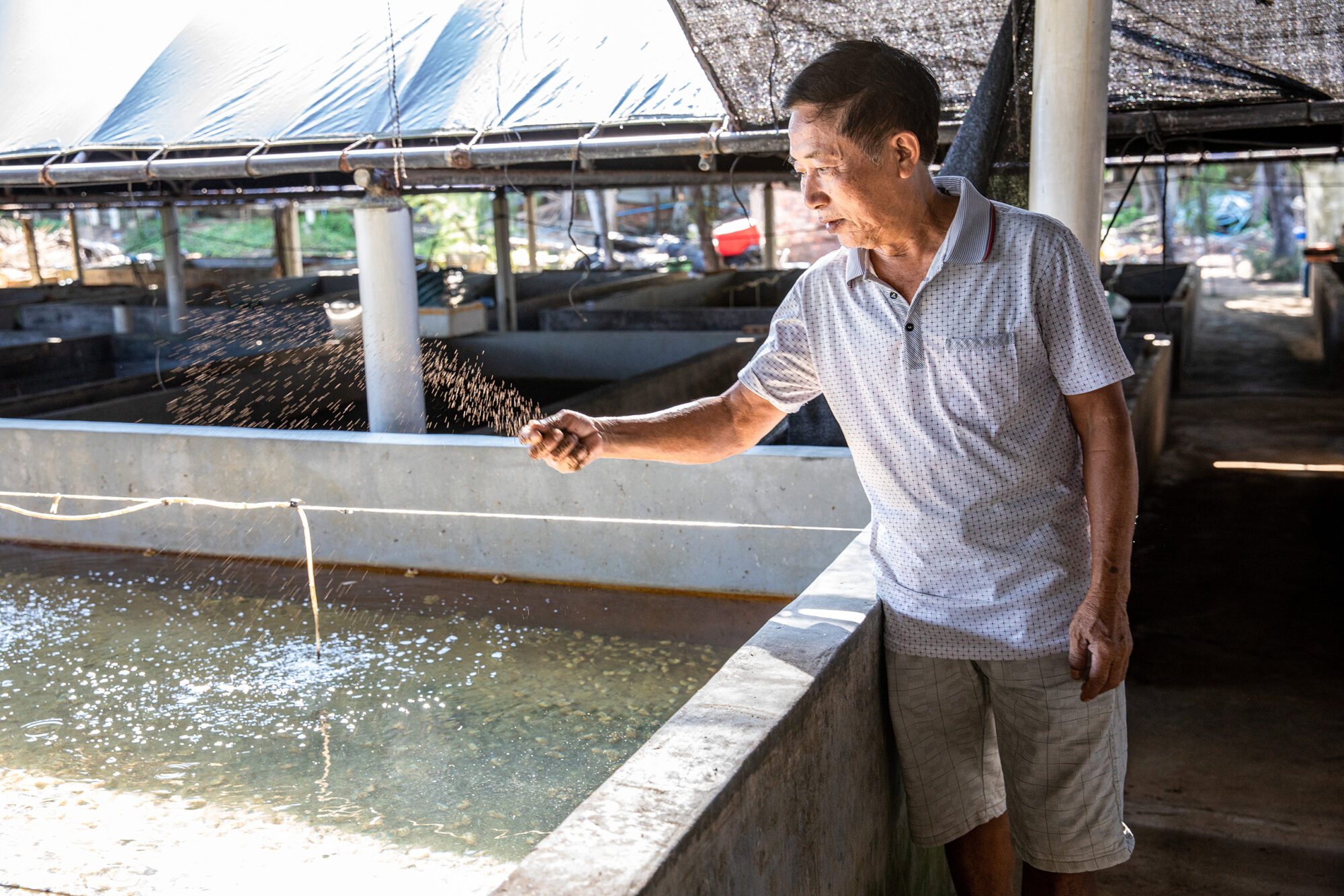
Huiwen town’s aquaculture is now well established, involving a thousand local households farming over 10,000 mu (6.7 square kilometres). The need to draw and discharge water means that all these operations remain close to the sea. Tidal flats, shallow waters and harbours have all been put to use, with farmers growing not just shrimp and the Babylonia lutosa snail but also grouper and other fish.
Aquaculture vs the environment
All this development has put pressure on water quality and the environment. The farmers lay long pipes out into the sea, drawing in cool water, ideally from a depth of about nine metres. Similar pipes are used to pump waste back into the ocean.

Unlike brightly coloured industrial effluent, the outflow from aquaculture operations doesn’t look polluted. In Yandun, an aquacultural village within Huiwen town’s borders, the wastewater is actually crystal clear. Juvenile fish that have escaped with the water swim unperturbed among the river reeds.
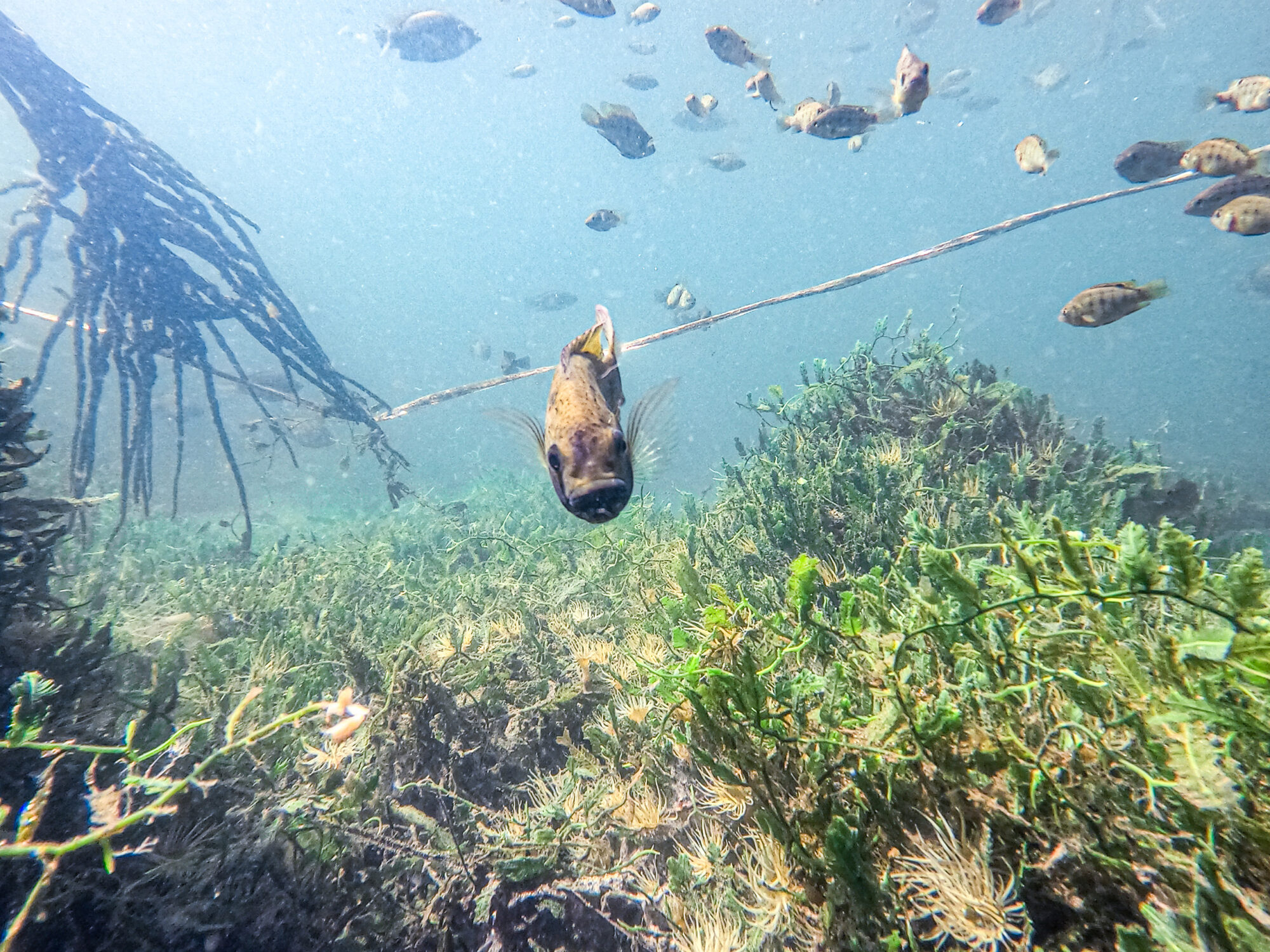
But this water contains large amounts of nitrogen and phosphorous that can cause eutrophication, an excess of nutrients. The effluent, discharged directly into the sea or arriving via Huiwen’s two rivers, means coastal water quality is not always up to standard.
Worse, the Qinglan reserve farmers dug channels for their water pipes across tidal flats, in the process damaging areas of seagrass. A paradise for bottom-dwellers, seagrass meadows provide food and habitats for numerous coastal species. But large expanses of the Huiwen wetland’s meadows – once home to half of Hainan’s seagrass species – have already disappeared. Now there are only scattered patches, usually of a single type of the grass.
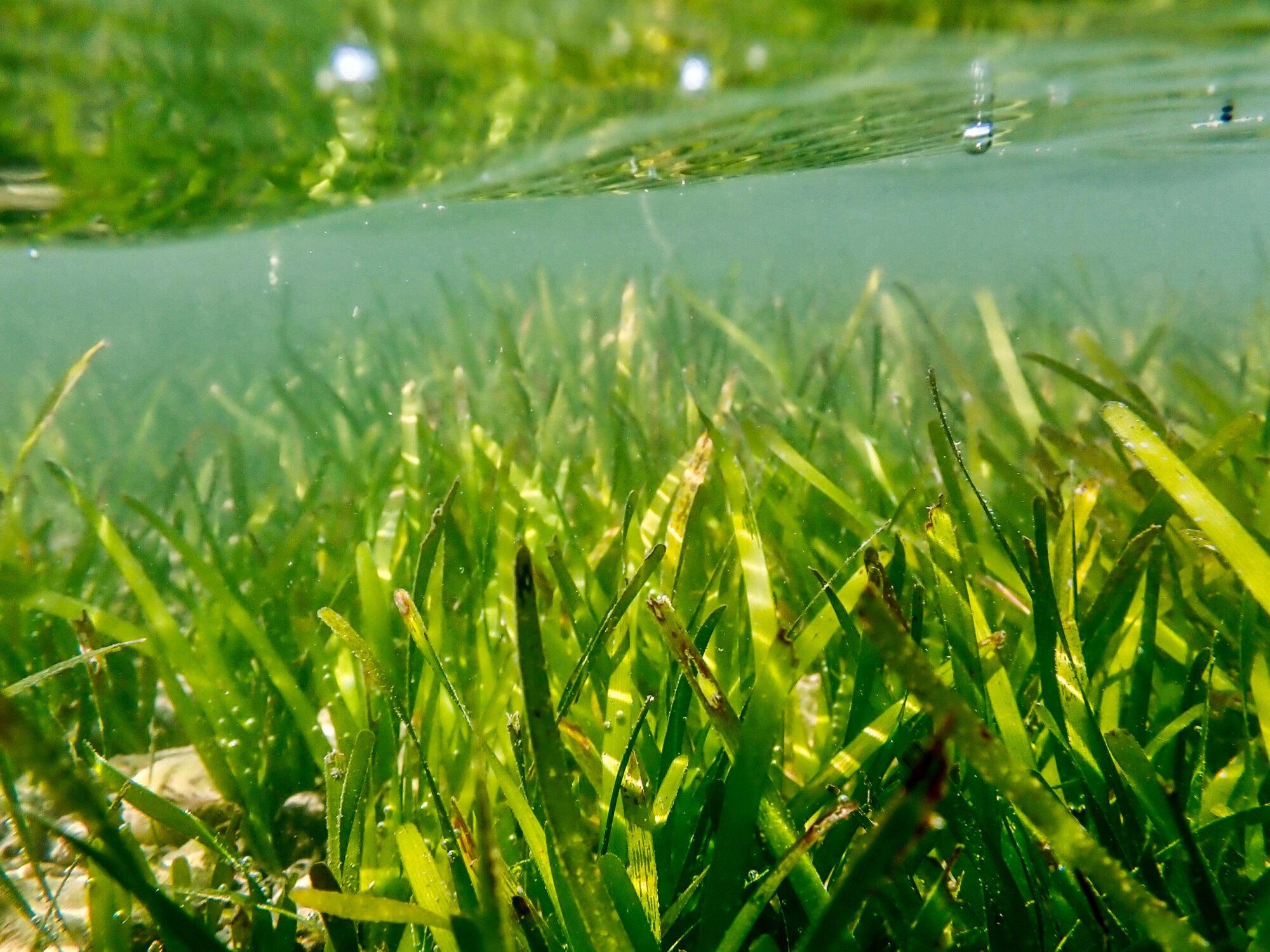
Wastewater pollution from the aquaculture farms creates problems for the farmers too. Given the density of farms in Huiwen town, once wastewater is discharged, it’s understandable that other farms end up pumping some of the pollution back into their own ponds. If the wastewater contained pathogens, disease can spread quickly.
A local farmer explained that they “raise two to three crops of shrimp larvae a year, but disease can cause the loss of several consecutive batches”. The cost of electricity for pumping water alone can be up to 10,000 yuan (US$1,500) a month. So if disease strikes, losses soon mount.

‘Modernising’ local aquaculture
With the criticism it meted out in 2017, the Central Supervision Office of Ecological and Environmental Protection also ordered changes. The clean-up started in ecological redline areas where development is, officially, strictly banned. Work to remove aquaculture and restore mangrove swamps got underway across the province.
Since 2019, almost 10,000 mu (6.7 square kilometres) of aquaculture has been removed across the administrative area of Wenchang city, including the 84 aquaculture operations in the Qinglan Mangrove Reserve.
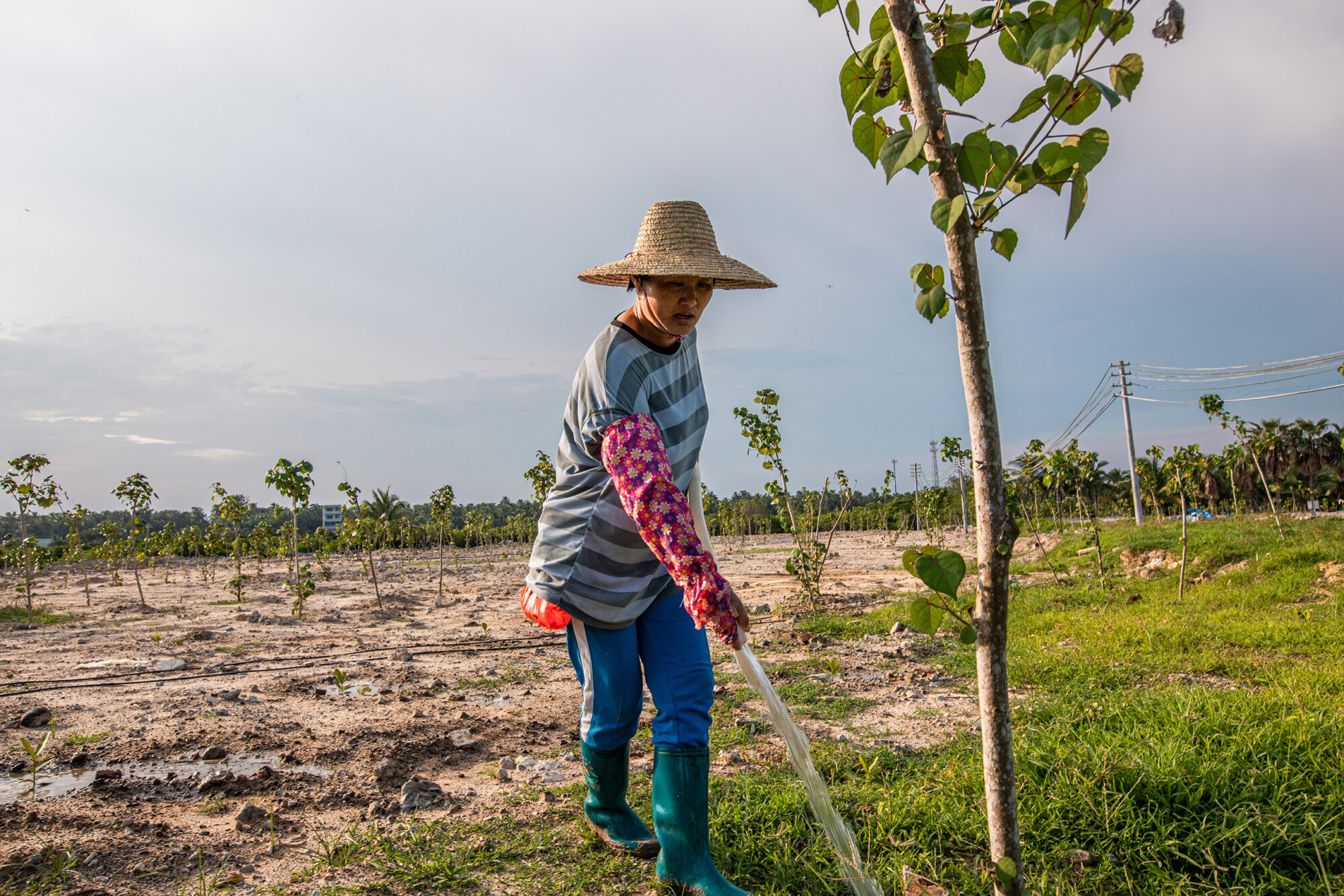
The removal of the snail farms in the reserve left barren patches of earth between the mangroves and the tidal flats. In an effort to speed the area’s recovery, the local government has planted sea hibiscus saplings. These trees are known as a “semi-mangrove” species because they can survive close to the ocean and are resistant to salt and waterlogging.

Although left without their farms, the farmers have not been abandoned. Some of them will be relocated by the government to a nearby “modern aquaculture park”, still under construction and specially designed for the purpose. Their ponds will be housed in three-storey buildings, filled from a centralised pumping system.
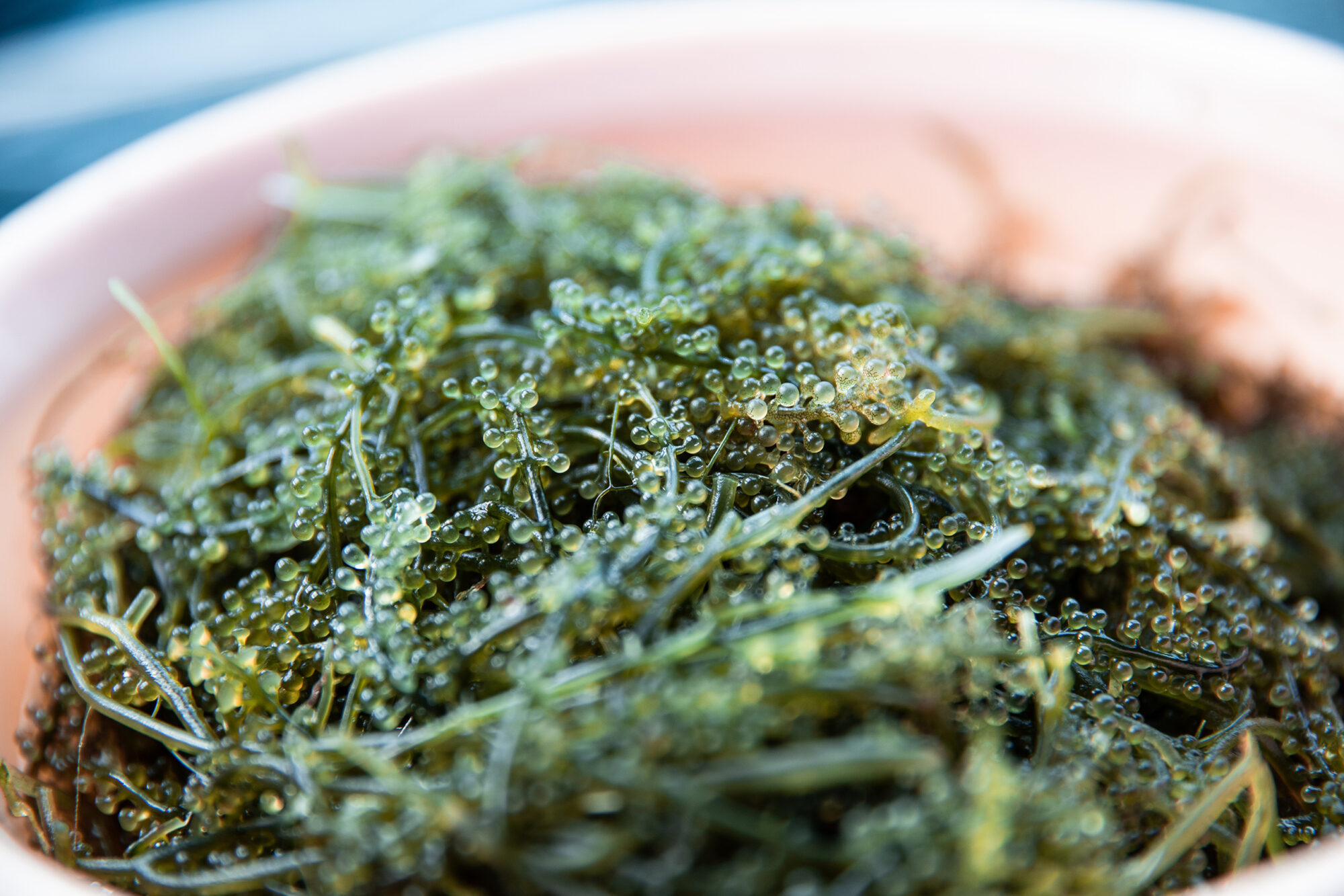
The farming of larvae and juvenile fish requires the cleanest water, with constant pumping in and out. Wastewater is fed into a treatment pond outside the building, where it goes through several stages of filtration, which means it will easily meet Hainan’s aquaculture effluent discharge standards. The plan is to try using the processed water to farm adult shrimp and shellfish, which can cope with lower levels of purity.
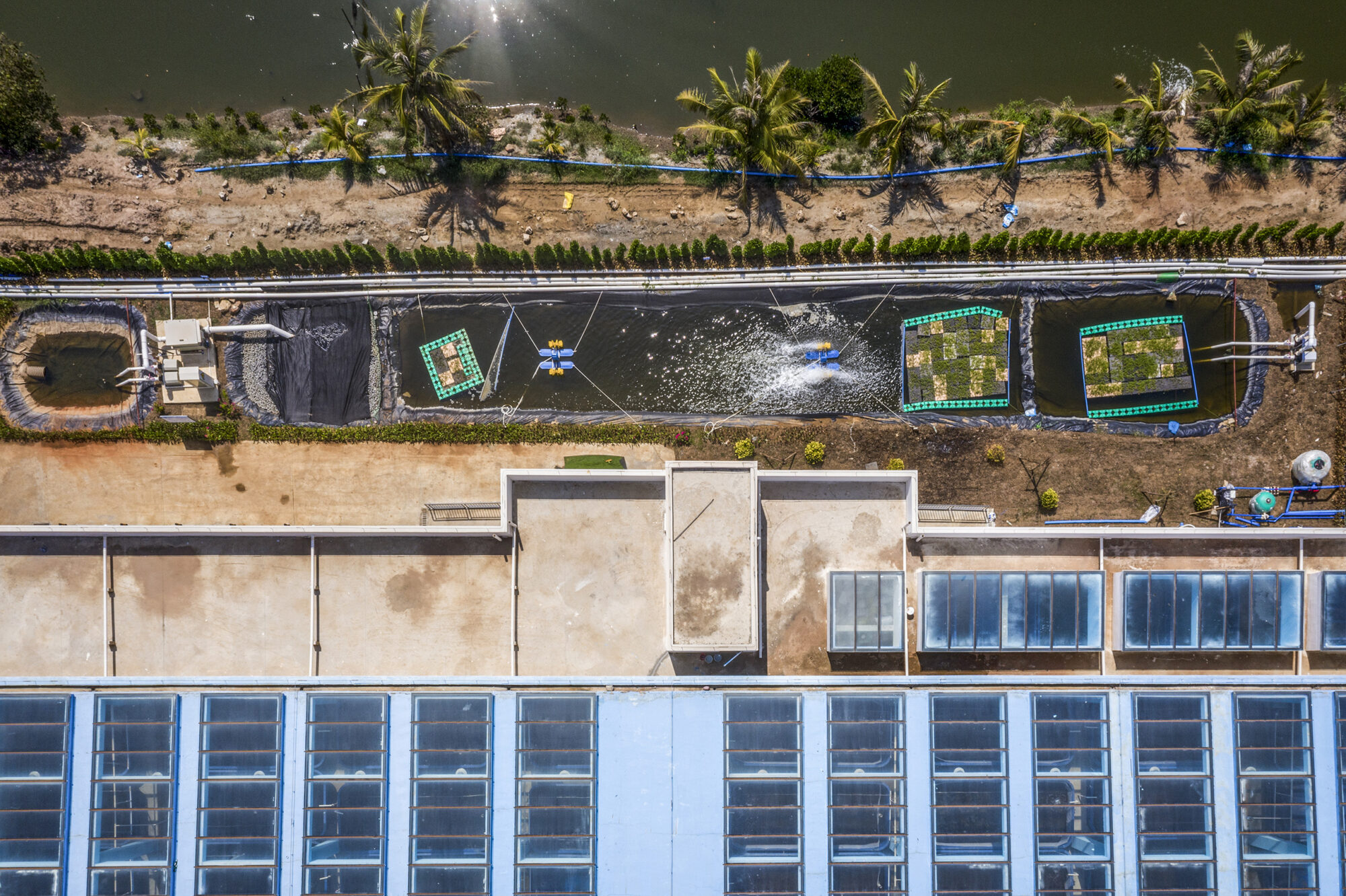
But the new aquaculture park has one big problem: expense. It currently houses only four tenants, all in its demonstration building. They are farming a variety of species – including seaweeds – to experiment with this new system of “vertical” indoor aquaculture.
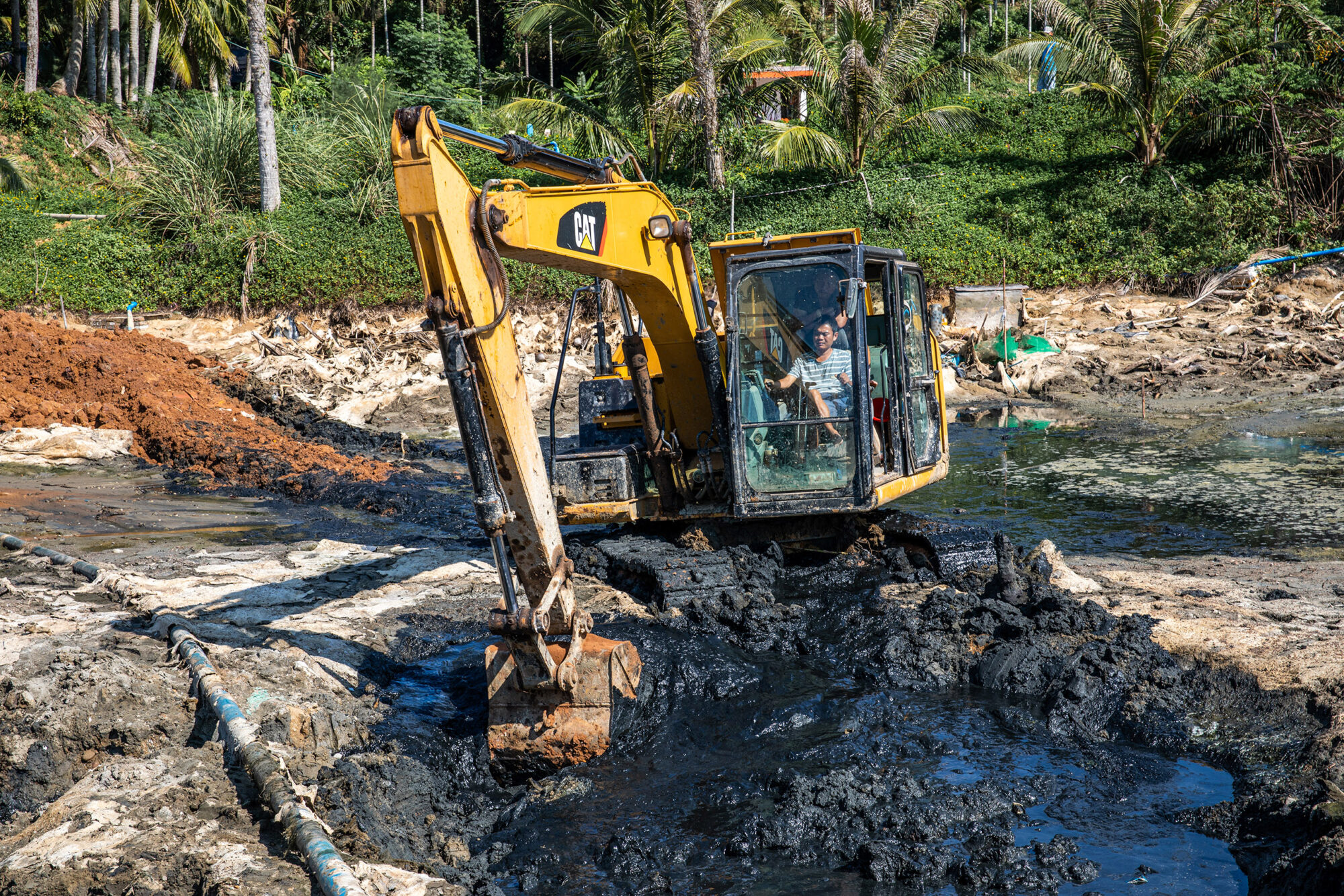
Meanwhile, in nearby Yandun, the farmers are trying another method to handle the effluent from their 320 aquaculture operations. Artificial wetlands are being engineered next to the river, into which wastewater is currently pumped. They will be planted with seagrape and Gracilaria seaweeds, which are good at removing things like nitrogen and phosphorous. This will be coupled with the chemical removal of pollutants. Once complete, it’s hoped the wetlands will be able to fully filter the million cubic metres of effluent the farms produce every day, and ensure the water leaving the village meets government standards.
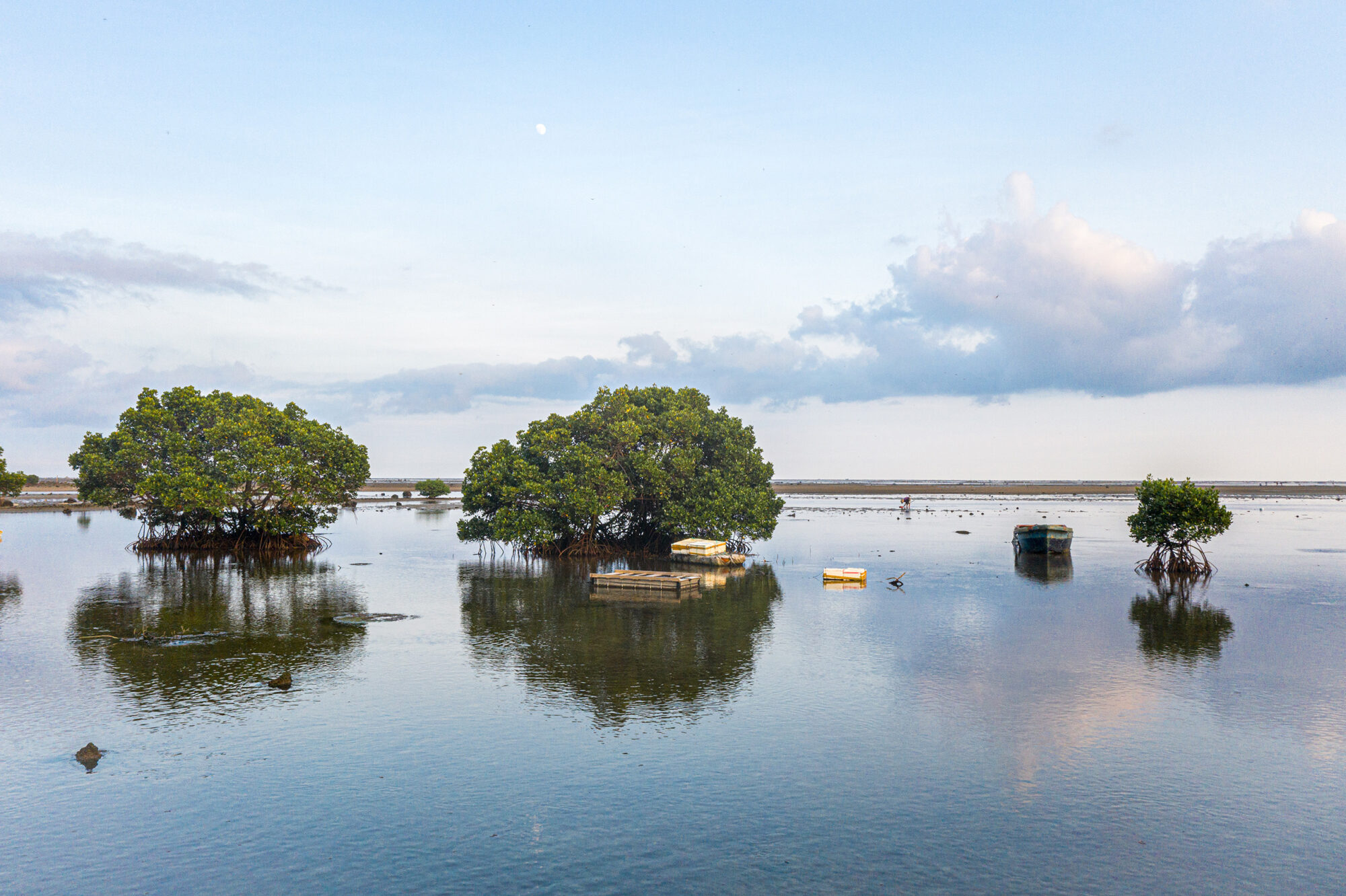
These efforts, and others in the wider Wencheng area, mean new hope for the protection and restoration of Huiwen’s precious wetlands. They also show how hard China is working to find sustainable ways to develop – ways that can accommodate both nature and human activity.
This August saw the completion of a five-year process to divide China’s shallow waters and tidal flats into areas where aquaculture is banned, restricted or permitted. The upcoming 14th Five Year Plan for the marine environment is likely to set new quality requirements for both water and seafood products. As such, it’s hoped that in the next five years we will see further improvements in both the sustainability of aquaculture and the coastal environments on which it relies.
